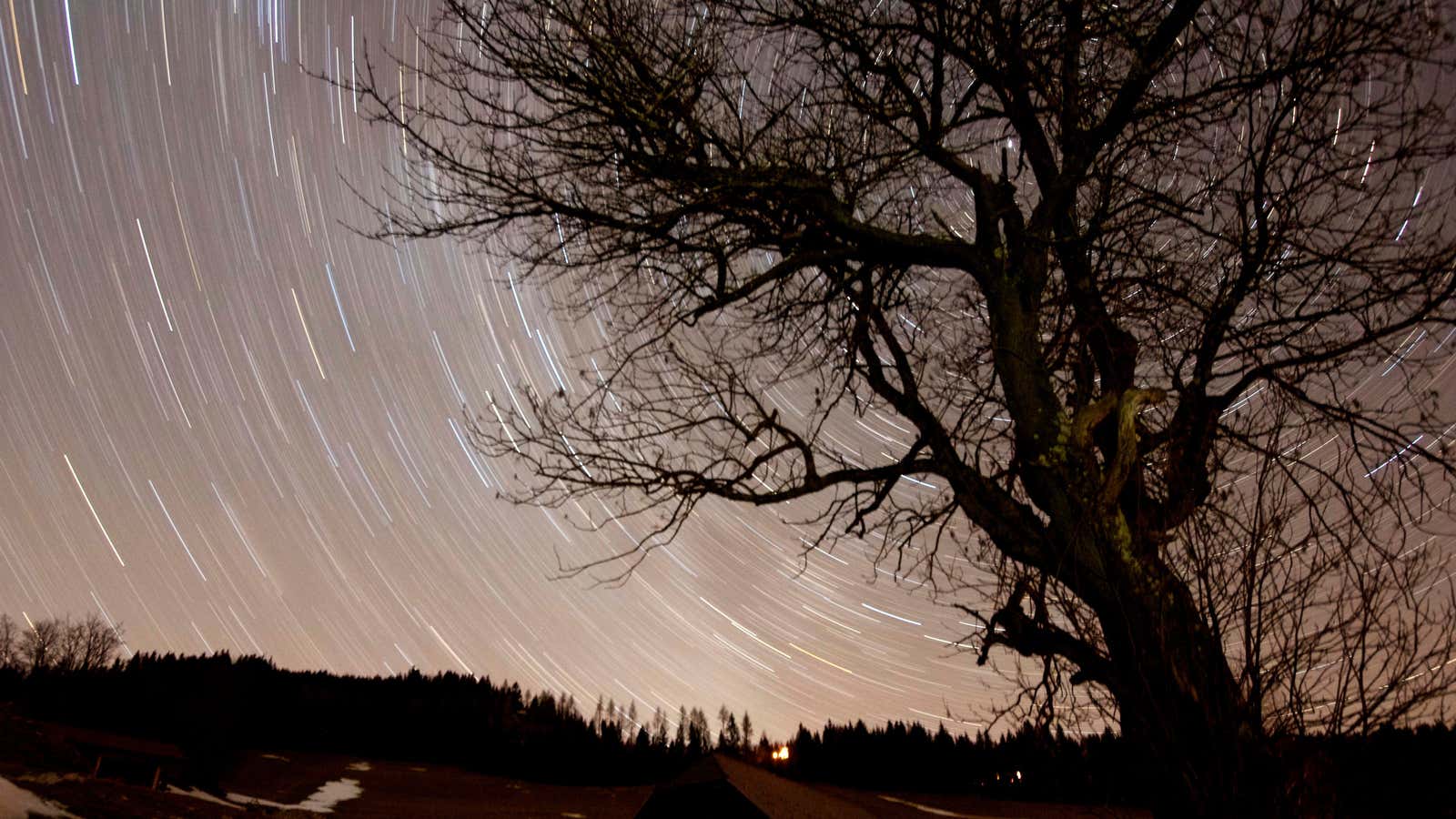The universe began some 13.7 billion years ago and for the first few hundred million years was formless and empty, to paraphrase one popular description. Then the universe said (metaphorically), “Let there be light,” and there was light—in the form of stars.
Since then the universe has been a star-making machine, producing a trillion-trillion stars (that is a real number) scattered across two trillion galaxies. And now scientists have been able to measure an even more mind-boggling quantity: the collective amount of all the visible starlight the universe has ever produced.
When NASA’s Fermi Gamma-ray Space Telescope was launched into orbit in June 2008, scientists were hopeful it would teach them more about the evolution of stars outside of Earth’s galaxy, most of which lie beyond the reach of any telescope currently available. What the Fermi telescope can provide are clues about these most distant stars by measuring the light the emit.
These stars lie in what’s known as the “extragalactic background light,” which NASA describes as a “cosmic fog” of all the ultraviolet, visible, and infrared light the universe’s stars have emitted. Any starlight that escapes its originating galaxy—including our own—eventually becomes part of this background light. When giant black holes in distant galaxies release jets of energetic particles in Earth’s direction, photons in these jets leave observable imprints in the cosmic fog.
As detailed in a new paper in Science, astrophysicists from Clemson University using data from Fermi’s Large Area Telescope instrument were able to to measure how much light there has been in the fog over time. They calculated the amount of visible light released into the universe by stars since the universe’s origin: 4 x 10^84 photons.
Or, if you prefer, 4,000,000,000,000,000,000,000,000,000,000,000,000,000,000,000,000,000,000,000,000,000,000,000,000,000,000,000,000 photons.
Humans never have and never will see the vast majority of that light. Only a tiny amount of starlight originating outside the Milky Way actually reaches Earth: the equivalent, Clemson astrophysicist Marco Ajello explained, of a single 60-watt light bulb viewed in complete darkness from about 2.5 miles away. But that doesn’t mean it doesn’t matter.
“Star formation is a great cosmic cycling and recycling of energy, matter and metals. It’s the motor of the universe,” Clemson physics and astronomy professor Dieter Hartmann said in a statement. “Without the evolution of stars, we wouldn’t have the fundamental elements necessary for the existence of life.”
